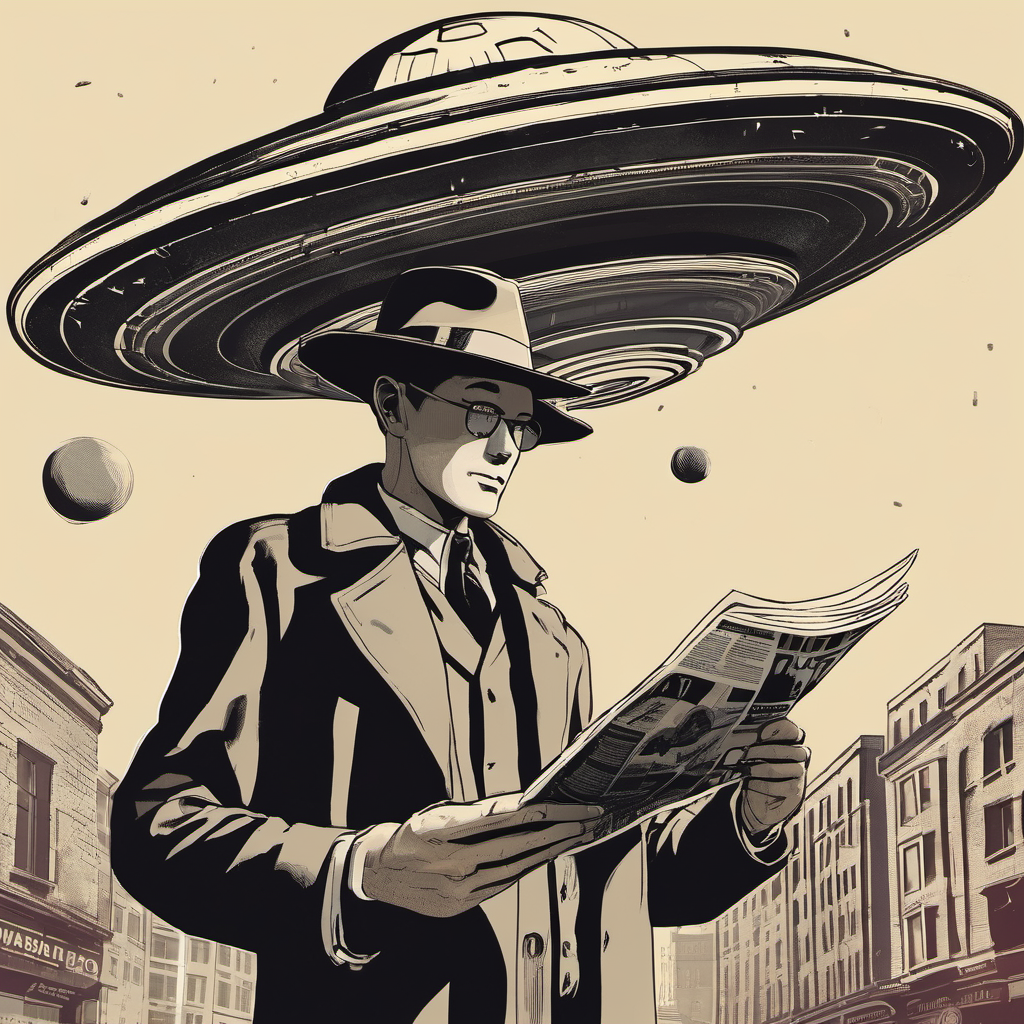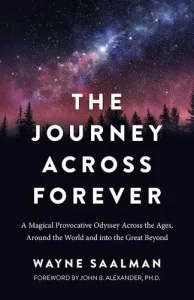 By KEN KORCZAK
By KEN KORCZAK
Former counterculture vagabond, science fiction writer and honorary ‘Hermetic Magician’ Wayne Saalman wows with extraordinary true stories & essays on the transcendent destiny of humanity
Years ago, when I was a teenager reading Fyodor Dostoevsky’s masterpiece, The Brothers Karamazov, a subtitle in one of the chapters jumped out at me and lodged inside my skull:
“It is always worthwhile to speak with a clever man.”
As a young man, I took this advice to heart. It’s proven to be true over the decades.
Dostoevsky’s adage sprang forward again as I was reading Wayne Saalman’s scintillating new book, The Journey Across Forever. In this case, I might modify the Russian writer’s advice as:
“It is always worthwhile to read the book of a WISE MAN.”
Saalman’s book is not only wise and scintillating. It shimmers, it vibrates, it resonates, it almost levitates! It enthralls and entertains— and it keeps the magic coming across 456 pages.
WHAT THIS BOOK IS ABOUT
In part, it’s an autobiographical story of a man born in the Beat Generation and who came of age during the psychedelic, hippy-flower-child era of the ‘60s.
It’s the account of a youthful American who fully embraced what many experienced as an unanticipated, cultural paradigm shift away from the staid conservative values of Post-World War II America and toward an inexplicable, wild, uncanny and unstructured “Cosmic Consciousness.”
Yea, verily, it was literally the dawning of the Age of Aquarius!
As Saalman notes, our Earth is currently making the transition on its journey across the plane of the ecliptic from the Zodiacal constellation of Pisces and into that of Aquarius. It is one “Great Age” passing into another. Is that what caused the wild cultural upheaval of the 1960s? Well — let’s just leave this complex subject aside for now.
MORE THAN A LIFE STORY
In addition to autobiographical material, the other part of Journey Across Forever is page after page of beautifully spun essays crafted by a bona fide “honorary magician” of the Hermetic Order of the Golden Dawn.” Wayne Saalman leverages the cumulative harvest of his hard-won life experiences and joyful realizations gathered via decades of world-spanning vagabond travels to illuminate those mired in daily reality today.
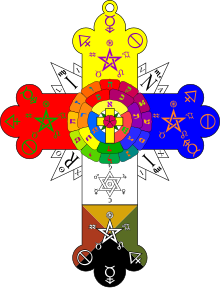
But also — and this is important — his essays are balanced by the subsequent practical, grounded imperatives he took up in the decades following the groovy “Youthquake” of the 1960s. The early part of his journey was influenced by extensive dabbling with psychoactive substances, absorbing and participating in the fabric of the ‘60s counterculture and interacting with some of its most noted icons.
Both the writers of the Beat Generation — such as Jack Kerouac, Allen Ginsberg, William S. Burroughs, Lucien Carr, Gary Synder, Michael McClure, Lawrence Ferlinghetti — and then the literary luminaries that followed in the Flower Power era plasma-jolted the mind of young adult Wayne Saalman.
Of course, rock-n-roll was also an “awakening motivator.” The Beatles, Bob Dylan and the rest powered Saalman’s instigation into Aquarian awakening. Speaking of Flower Power icons, here is just a short list of some of the people Saalman crossed paths with to a greater or lesser degree on his travels:
Dr. Timothy Leary — The Harvard psychologist who came to be known as The High Priest of LSD and remains one of the most significant historical figures of the counterculture.
Robert Anton Wilson — Author of such books as The Illuminati Trilogy, Quantum Psychology, the Schrödinger’s Cat Trilogy, Wilson was known as the “Discordian Pope.” A futurist, Taoist sage and Struthian politician, he and he wrote the introduction for Saalman’s first two books.
Christopher S. Hyatt — Like Leary, he was a Ph.D. psychologist. In fact, Hyatt held two doctorate degrees, one in clinical psychology and human behavior. He became enamored with the occult and later founded the groundbreaking Falcon Press. Hyatt (whose real name was Alan Ronald Miller) published Wayne Saalman’s first two books. He also “initiated” Saalman as an “Honorary Magician” into the Hermetic Order of the Golden Dawn. Falcon Press also published Timothy Leary, RAW, Robert Anton Wilson, Israel Regarie and Antero Alli — so Wayne Saalman can be included among this elite cadre of thought leaders.
Terrence McKenna — Ethnobotanist, author, hallucinogenic advocate and a major figure in the realm of psychoactive drug effects on humankind, culture and society.
Allen Ginsberg — Poet, giant of the counterculture and a noted frequent cohort of Bob Dylan. Ginsberg is best known for his iconic poem Howl.
That’s just a few of the iconoclasts Saalman encountered On the Road.
But now get this:
Saalman’s incredible sojourn across the planet had him crossing paths with luminaries across a diverse spectrum that included, on one end, Pope John Paul II (whom he met in 1997), and Australian musician, author, poet, actor and post-punk-goth-rocker Nick Cave on the other. He met Cave (The Dark Lord of Song) at his birthday party in 1978.
I hasten to add that Saalman does not engage in crass name-dropping to bolster his reputation & bona fides–- much the opposite, he deftly leverages each encounter as a jumping-off point to craft an in-depth essay that delivers remarkable insights and mind-nurturing fodder for all of us to ruminate and digest.
Also, Saalman’s insights about meeting these historic figures let us readers to maybe feel what it might have been like to meet these paisley-drenched characters ourselves.
THE DHARMA BUM COMES IN FOR A LANDING
As the counterculture movement receded and the let’s-get-down-to-business realism of the 1980s crept in, Saalman slowed down and took an inventory of his life. He reached a juncture where he deemed it was time to curb his travels, settle in and do the American thing of building a career, making some cash, getting married and starting a family.
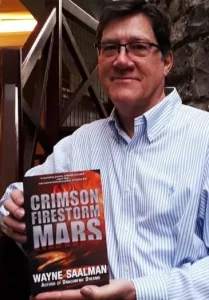
After a stint working in the corporate sector, he achieved success as a self-starting entrepreneur. Along with his Irish national wife, he built a series of personnel agencies in Texas. By installing independent managers to handle the daily work of each agency, he was able to move abroad, manage remotely and pursue other interests, including his most beloved and early creative pursuit — writing.
I make note of this because much has been made by social observers of the hippies and dharma bums of the 1960s and their transition to the jobs-and-a-mortgage-oriented baby boomers who drove the economy into the new Millennium — for better and for worse.
Cynical social observers say the hippies “sold out” and abandoned “cosmic consciousness” to embrace Reaganesque materialism. No doubt, this is true but certainly an oversimplification. I submit that the life of Wayne Saalman serves as a microcosm to provide a more nuanced narrative.
Consider:
Timothy Leary famously advised everyone to: “Tune in, turn on and drop out.”
Saalman embraced that advice for a while as did millions of others. But then he took a cue from another counterculture giant, the British Zen philosopher Alan Watts. His advice to the droves of people ingesting LSD, peyote and psilocybin ‘shrooms was to go ahead and do that but:
“Once you get the message, hang up the phone.”
That’s just what Saalman did. Significantly, he traded the theoretical promise of substance-derived mind expansion for a gentler enlightenment tool informed by centuries of tradition: meditation.
Thus, now in his 30s, he began to process and integrate all he had experienced. He incorporated the discoveries of a wild and unfettered youth to build a new foundation from the ground up — keeping all the marvelous lessons learned while scuttling the dross.
That’s what makes this book invaluable. Wayne Saalman, I believe, serves as a fascinating case study — a microcosmic example from which to extrapolate a social, macrocosmic result. What strikes me about Saalman is where he “landed.” Today, he projects an unlimited faith and unequivocal optimism for the idea that the fate of humankind is bright as a pulsating quasar.
Saalman insists that the destiny of our species is overwhelmingly positive and destined to continue forward — ever-growing, evolving, changing transcending and becoming. That’s true of both this very immediate Now Moment, he suggests, and on into infinity, including after our physical deaths.
AND NOW THREE SPECIAL MENTIONS
Before ending, I want to make special mention of three stories in Journey Across Forever that captivated me for the special sense of wonder they imparted to me:
- Saalman’s UFO Encounter
This UFO event occurred when Saalman was a young man growing up in a small town in northwestern Ohio. I absolutely will not give any more away about this amazing experience except to say — you have got to hear this story! It’s boffo!
- The Egyptian Hookah Shop Caper
Traveling in Cairo in the 1980s on a shoestring budget, Saalman finds himself off the beaten path of a noisy, hot-as-hell crowded Egyptian marketplace. He enters a hookah shop and winds up in a back room making a dicey deal with the silver-tongued hubbly-bubbly shopkeeper. Again, without revealing too much, the event sends him on an unexpected journey of otherworldly proportions that includes the Great Pyramid of Giza. It’s gob smacking amazing! What a story!
- The Australian Cave Artifact
On the road again, this time somewhere in the remote reaches of the vast Australian continent, Saalman wanders into a seaside cave where he finds something extraordinary. He innocently palms the item and takes it back home as a souvenir — little did he know, this bauble just might have been the key to opening a portal to another dimension of reality! My comment: Wow man!
For me, these three stories alone were worth the price of admission!
A FINAL NOTE
The forward to this book is penned by none other than Col. John B. Alexander. Those who follow UFO issues will immediately know who that is. But John Alexander is so much more. He’s a true giant across an array of fields that embrace everything from far-edge paranormal studies to the deepest inner working of the U.S. Military including the shadowy realms of both civilian and military intelligence agencies.
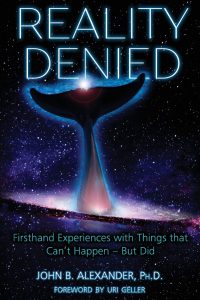
Col. Alexander is a Vietnam Green Beret combat veteran, a sociologist and a holds a Ph.D. in education. He served 30+ years in uniform. He is decried by some within the UFO community as a “disinformation agent” while lauded by far more as among the most significant contributors to advancing an understanding of the UFO enigma.
Alexander is believed to be a founding member of the mysterious “Aviary” of UFO lore. The Aviary is described as “a clandestine close-knit group established in 1980 to explore what the U.S. government knows about UFOs and the effort by the government to cover them up.”
Of course, the legends, rumors and sundry scuttlebutt surrounding The Aviary have evolved over the years to encompass a wide array of conspiracy theories — which is ironic since Alexander has been among the most effective dismantlers of conspiracy theory psychology in his books.
I can’t think of a better choice to write a forward for this masterfully crafted metaphysical book by that wise and wonderful ‘Hermetic Magician,’ Wayne Saalman.
NOTE: For more stories of counterculture warriors, please see: KEN-ON-MEDIUM.
